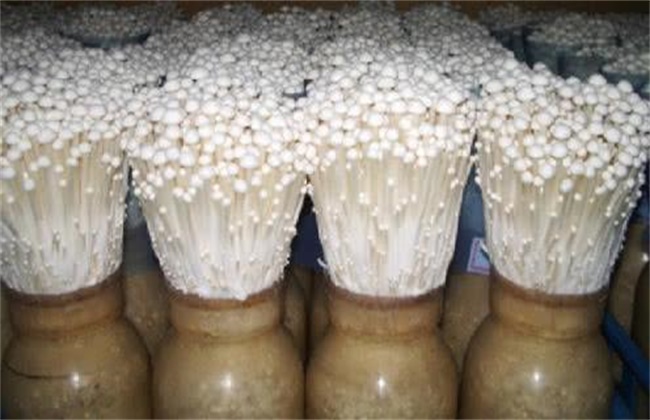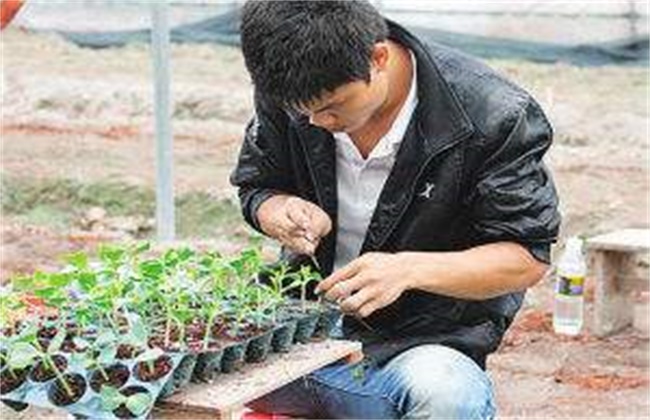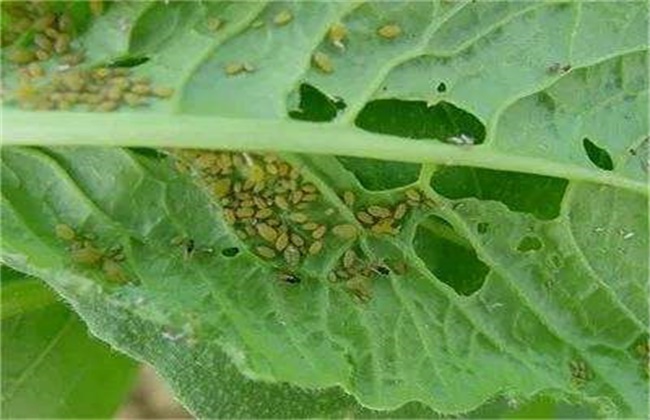What if Flammulina velutipes can't produce even mushrooms?
Flammulina velutipes is a very popular edible mushroom on the market, in addition to taste good, it is rich in nutrients, such as amino acids and protein, and low calories, suitable for friends to lose weight. And there are many problems in the process of planting, the common is irregular mushroom, resulting in a decline in the variety of Flammulina velutipes, then Flammulina velutipes uneven mushroom how to do? Come and have a look with the editor.

1. Management of budding period
The budding stage is the first stage after the emergence of Flammulina velutipes, when the mycelium has grown and the fruiting body grows slowly, the previous management tends to mycelium growth, so the light and ventilation are not very strong, and the humidity is not very high. It is extremely disadvantageous to the growth and development of mycelium. Therefore, in the bud stage, the vents should be opened regularly and a certain degree of ventilation should be carried out to increase the oxygen concentration in the mushroom room, which is beneficial to the growth of bacteria. At the same time, it is necessary to increase the light in the mushroom room, because the mycelium and the mycelium are not the same, the mycelium can be completely lightless, and the growth of the mycelium needs weak scattered light. In addition to light and ventilation, the humidity also needs to be adjusted a little bit, at this time the humidity should be controlled above 90%, which is beneficial to the growth and development of bacteria.
2. Management of domestication period
It will enter the domestication period soon after budding, when most of the bacteria grow to about 1 cm, then the humidity of the mushroom room needs to be further adjusted, and the humidity should be controlled at about 75%, otherwise it will inhibit the growth of the fruiting body and cause its uneven growth. In order to domesticate the fruiting body, we should first increase the temperature by 5 degrees, and then raise the temperature by 10 degrees until the end of domestication, that is, after the fruiting body adapts, which can accelerate the rapid growth of the bacteria, and the growth will be neat.
3. Long-term management
After the domestication period, we enter the last stage of mushroom production, that is, the extension period, and the management at this time has a great impact on the neatness of mushroom production. At this time, the fruiting body grows to about 2-3 cm, and enters the peak growth period. in order to grow faster, the bacterial bag can be completely opened so that more oxygen can enter, promote the growth of the bacteria, and make its growth more neat. At this time, the temperature should be controlled at about 10 degrees, and the humidity should be controlled at about 85% and 90%. If the humidity does not go up, it can be increased by spraying water, and the amount of water sprayed should be determined according to the growth rate of bacteria. It generally grows faster in the middle stage, and the amount of water sprayed should be more. In order for the cell to grow faster, it needs to be irradiated with low light, which can induce the cell to stretch and make the stalk longer.
The above is Flammulina velutipes uneven how to introduce, hope to help you, want to know more related knowledge, please pay attention to us.
Related
- Where is it suitable to grow horseradish in China? it is expected to see the middle altitude horseradish in Alishan.
- How to prevent tomato virus disease reasonably? (Control methods included)
- Many people like to plant towel gourd on the balcony. What are the main points of this method and management?
- What crops can chili peppers be mixed with?
- Fertilization techniques and matters needing attention in Tomato
- What are the grafting techniques for peach seedlings in spring?
- Harm and control methods of root swelling disease of Chinese cabbage
- What are the pests of sweet potatoes? How to prevent and cure it?
- Symptoms, causes and Control methods of navel Rot in Tomato
- The cause of "Cucumber rotten bibcock" in Farmers' planting Cucumber and its Control Plan



